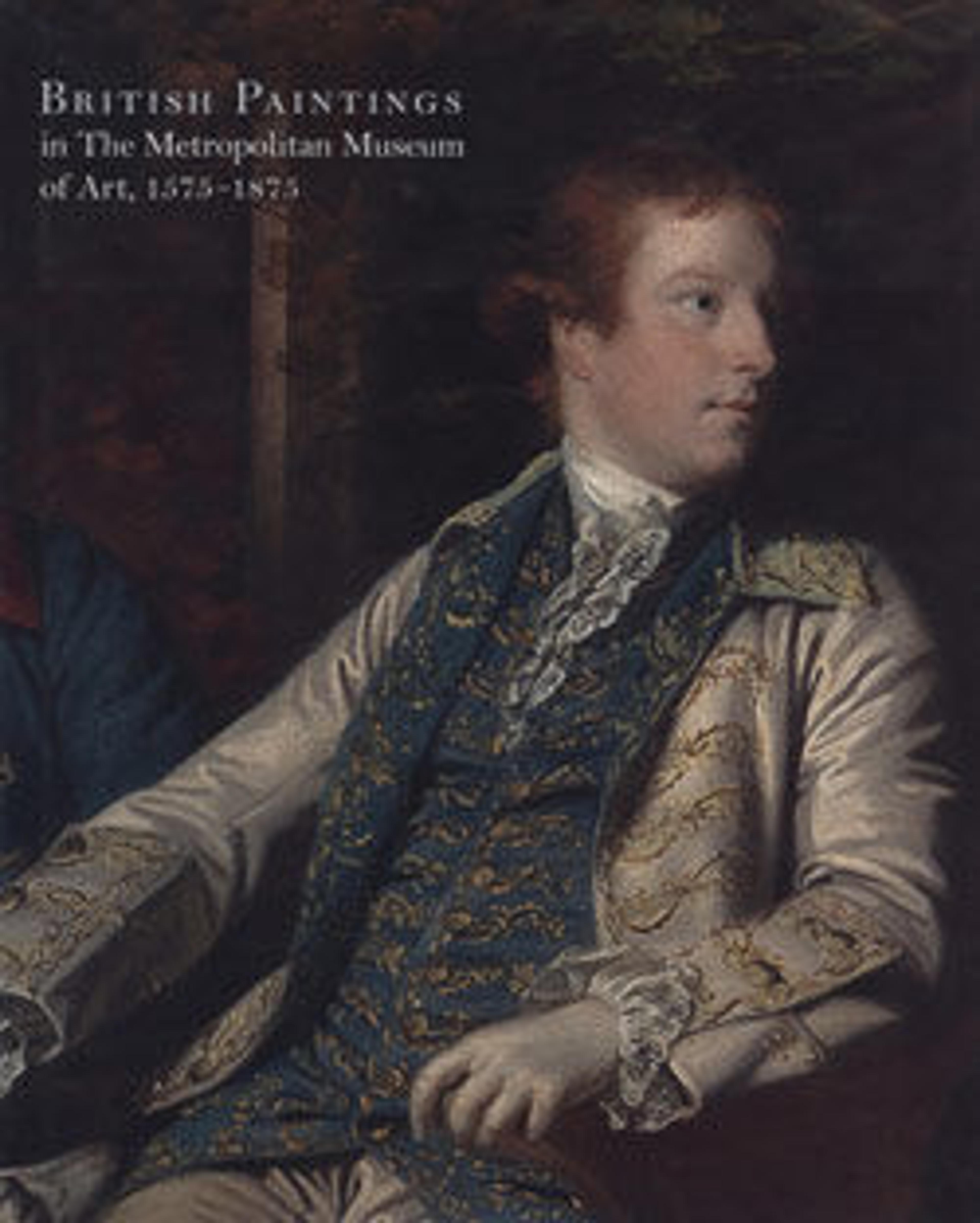The Sorrow of Telemachus
Kauffmann was born in Switzerland but made her reputation in Italy and England, where she was a founding member of the Royal Academy. These companion paintings were executed in Rome for Monsignor Onorato Caetani, who in the same year had his portrait painted by Kauffmann. Later portraits of him by Anton Raphael Mengs and Pompeo Batoni attest to the tight‑knit, international character of eighteenth‑century Roman intellectual circles. Kauffmann was among Europe’s most sought-after history painters. These compositions were based on François Fénelon’s The Adventures of Telemachus (1699), in which the son of the Greek hero Odysseus washes up on the shores of an island inhabited by Calypso and her nymphs.
Artwork Details
- Title:The Sorrow of Telemachus
- Artist:Angelica Kauffmann (Swiss, Chur 1741–1807 Rome)
- Date:1783
- Medium:Oil on canvas
- Dimensions:32 3/4 x 45 in. (83.2 x 114.3 cm)
- Classification:Paintings
- Credit Line:Bequest of Collis P. Huntington, 1900
- Object Number:25.110.187
- Curatorial Department: European Paintings
More Artwork
Research Resources
The Met provides unparalleled resources for research and welcomes an international community of students and scholars. The Met's Open Access API is where creators and researchers can connect to the The Met collection. Open Access data and public domain images are available for unrestricted commercial and noncommercial use without permission or fee.
To request images under copyright and other restrictions, please use this Image Request form.
Feedback
We continue to research and examine historical and cultural context for objects in The Met collection. If you have comments or questions about this object record, please contact us using the form below. The Museum looks forward to receiving your comments.
